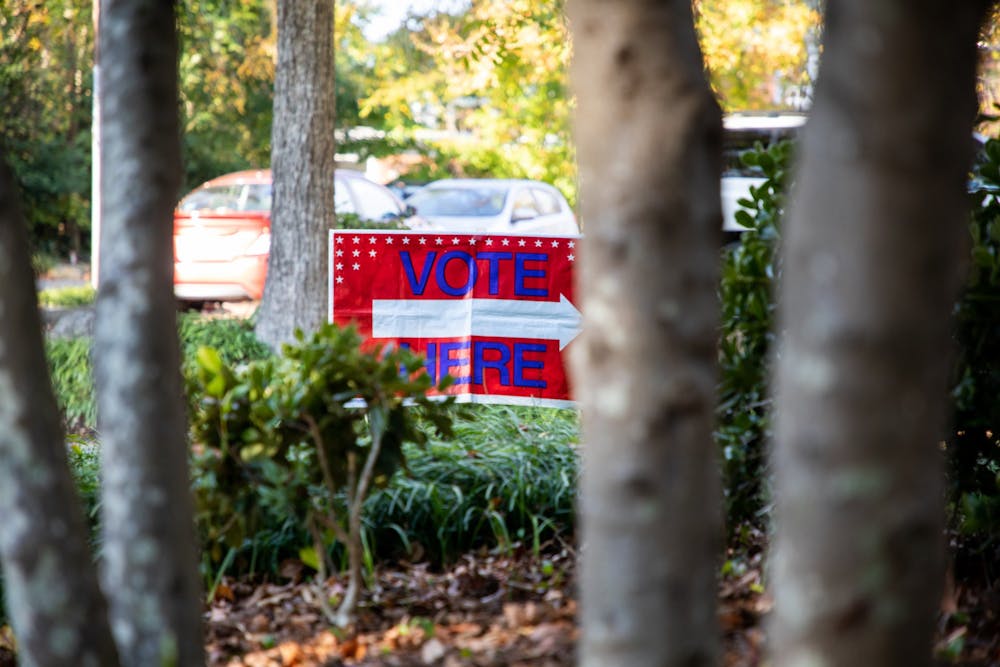Last week, state lawmakers released new political maps — districts for U.S. House, N.C. House and N.C. Senate — after the North Carolina Supreme Court struck down previously drawn maps.
Those maps were struck down due to gerrymandering, a problem that has plagued North Carolina politics for over three decades.
Gerrymandering 101
Gerrymandering is the process of redrawing district maps to favor certain electoral outcomes. This can be done politically by focusing on the registered Republicans or Democrats living in an area or racially by prioritizing the voting power of certain racial groups, usually predominant white communities, over others.
Lawmakers can dilute the influence of certain voter blocks by breaking them up to be the minority in several districts. This is called cracking. They can also “pack” certain voter blocks into a single district to limit their voting power elsewhere.
A famous example of this was North Carolina’s former 12th District, which stretched from Charlotte to Durham to encompass as many Black voters as possible.
The problem’s not new
North Carolina has struggled with gerrymandering since 1991 when it had to redraw its maps to fulfill the preclearance requirement of the Voting Rights Act. The Department of Justice struck down this map and asked for a second majority-minority district to be created.
The result was the infamous 12th District.



